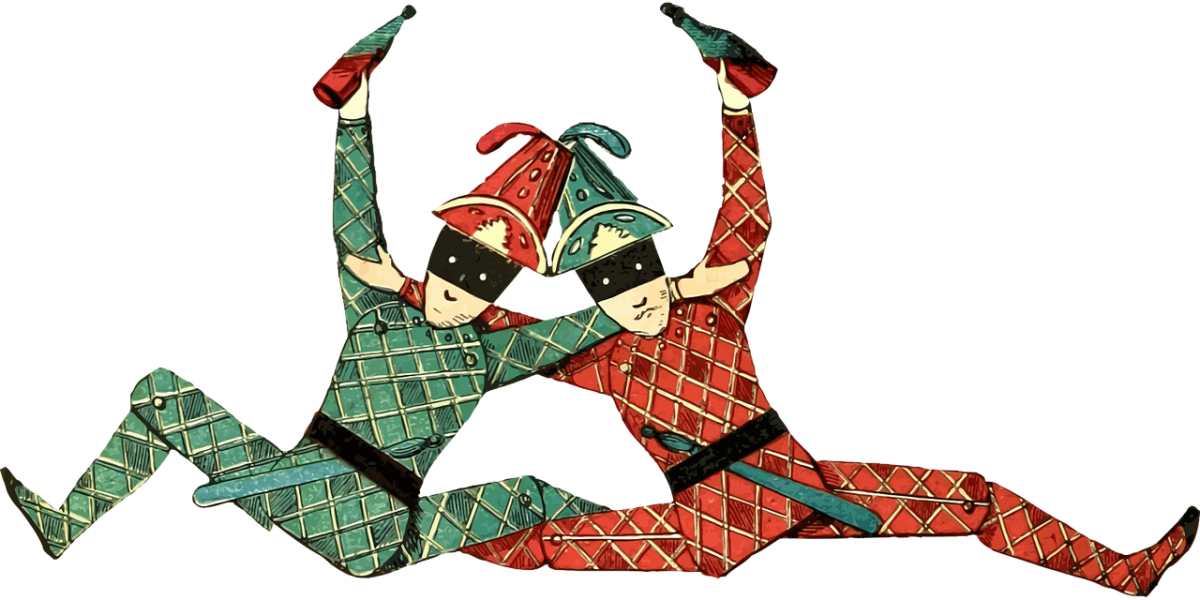The term “greater fool theory” refers to the many circumstances in which speculators buy a (potentially) productive asset, basing their buy decision not on the asset’s operational value, but on the notion that there is a “greater fool” out there who will pay even more. The term refers, then, to situations in which speculative demand overrides commercial demand.
WeWork, the providers of shared workspaces both in physical and in virtual real estate, announced on Sept. 30 that it was postponing its initial public offering. The turmoil that has accompanied this announcement has been described in The New York Times as “an implosion unlike any other in the history of startups.”
It’s an implosion that has cost backers and counterparties, individual and institutional, a lot of money. SoftBank, the Japan-and-everywhere investment giant, reported its first quarterly loss in 14 years because of the outsize ($8.9 billion) hit that its Vision Fund took on WeWork.
Another One Bites the Dust
SoftBank has long made a practice of throwing cash at promising startups in the expectation of reaping profits at the IPO. This has worked for it not always, often enough. Obviously, WeWork proved an exception.
So, as Queen would put it, “another one bites the dust.” Sometimes the greatest fool around is the one who is already holding an asset. So that greatest fool either sells and takes the loss or gives up on the sale and holds the asset for longer than desired. The postponement of the IPO is a quintessential example of the latter, with elements of the former, for SoftBank. Is there anything more we can take from this?
There is more. One lesson is that it is too easy to delude ourselves into some disastrous version of the greater fool theory when the assets in question aren’t publicly listed, and when accordingly, there is some discretion as to how to value them. As Slate’s Henry Grabar said, “venture capital investors are not nearly as smart as they think they are.”
After all, a perceptive analysis by Eliot Brown, written two years in advance of the IPO debacle, had already explained that the WeWork valuation was out of whack. As Brown observed, “IWG plc, an office-leasing company with a business model similar to WeWork’s, manages five times the square footage [but] has about one-eighth the market value.” If the valuation of WeWork made sense, then the valuation of IWG was way off base. And vice versa.
Why did the investors, through or outside of SoftBank’s Vision Fund, place such a premium on WeWork? Brown painted a picture this way: “When Adam Neumann pitches potential investors on his start-up … he likes to rev them up with a jaunt through his company’s shared office spaces. Before arriving, the … chief executive typically sends staffers a directive: ‘Activate the space.’ WeWork’s employees swarm a lounge to host an impromptu party with pizza, ice cream, or margaritas.”
When Neumann would bring the potential investors (the hoped-for “greater fools”) through, they would then see a stereotypical scene of what a Silicon Valley start-up looks like—a lot of geniuses having fun and as a byproduct of that fun creating wealth for their early investors.
The significance of the IPO in this picture is precisely that it can be the bubble-burster, the who-cares-about-the-atmospherics, details-on-the-table moment. And in this case, the unexecuted IPO performed exactly that function. In the IPO paperwork, WeWork disclosed that it had lost $1.6 billion in 2018, and $890 million in 2017.
The Broader Question
The broader issue here, though, is not whether there was a WeWork bubble (it is easy enough to say “yes” to that in hindsight, even as Bill Ackman is saying that the real value of WeWork may well turn out to be zero); the real question is whether there is a “unicorn bubble,” and whether it is even now bursting around us.
On one reading: there is a unicorn bubble. It survived Theranos and it may well survive WeWork, given the recent years of ridiculously easy credit and the pressure on central banks to make it even easier. In time this bubble will burst, because that is what bubbles do, but the time is not quite yet.




